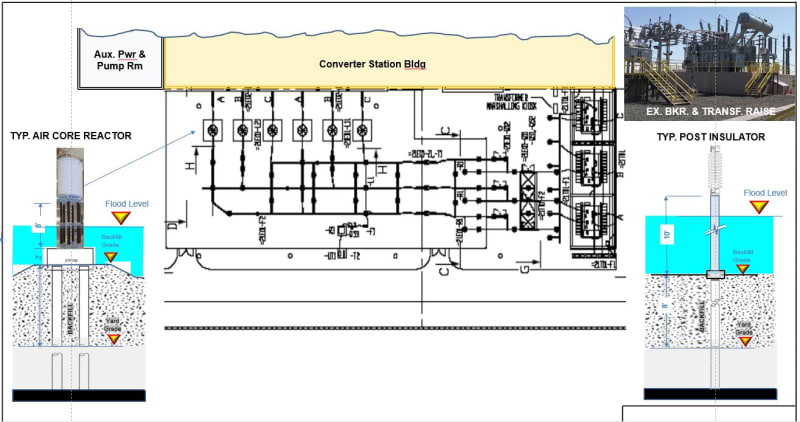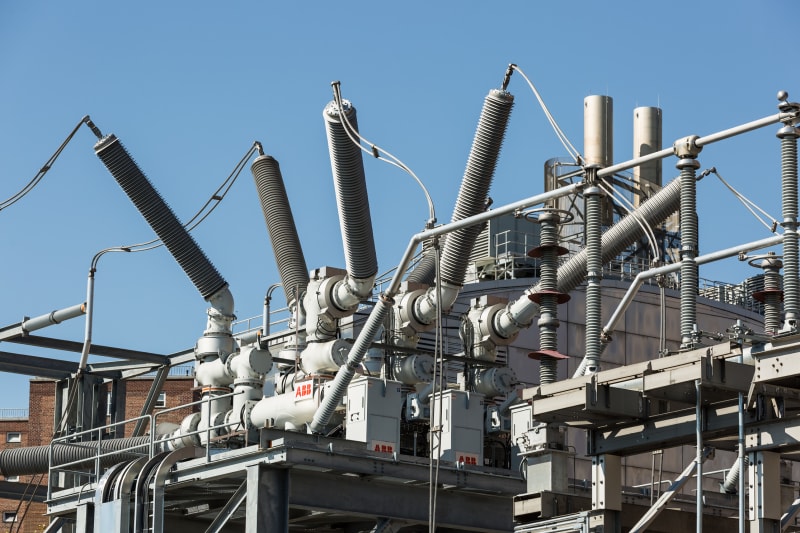We are preparing a conceptual design for a 138 kV were the area has been determined to be designed for a flood level 16 ft above grade. The options considered are:
1. Floodwall and design the AC yard at grade level with a draining pump.
2. Raise the yard with for 16 ft and build foundations on top of the grade.
3. Raise the grade to 8 ft and allow the waterflood up to the bottom of the insulator (8 ft above foundation/grade)
Please help us with your comments particularly for option 3.
1. Floodwall and design the AC yard at grade level with a draining pump.
2. Raise the yard with for 16 ft and build foundations on top of the grade.
3. Raise the grade to 8 ft and allow the waterflood up to the bottom of the insulator (8 ft above foundation/grade)
Please help us with your comments particularly for option 3.


